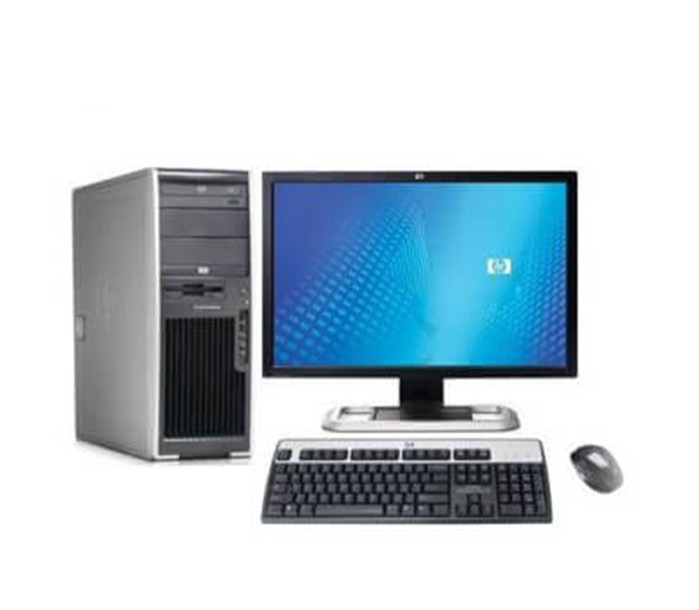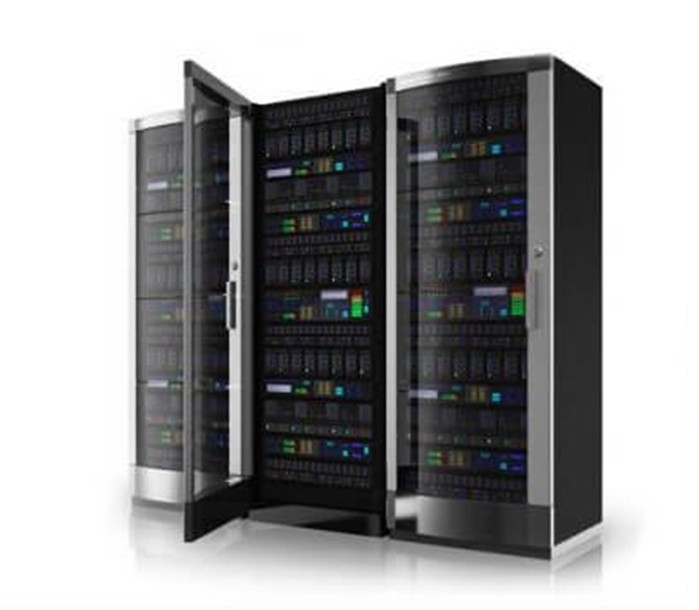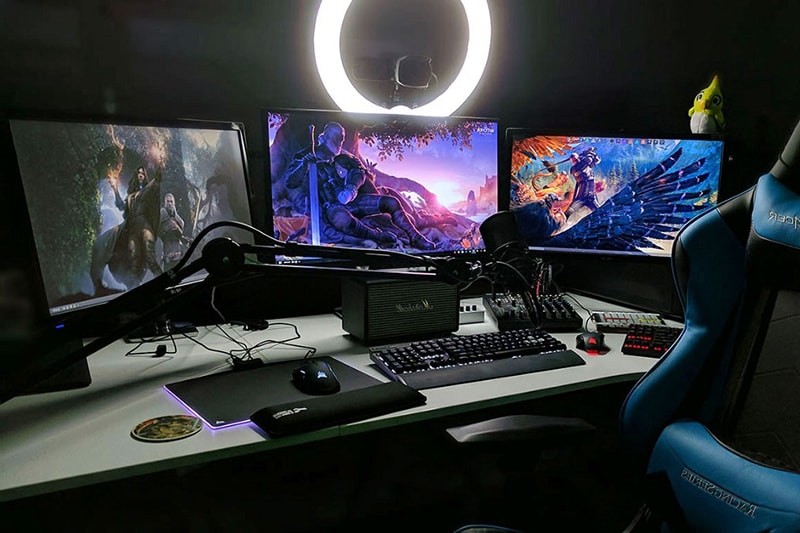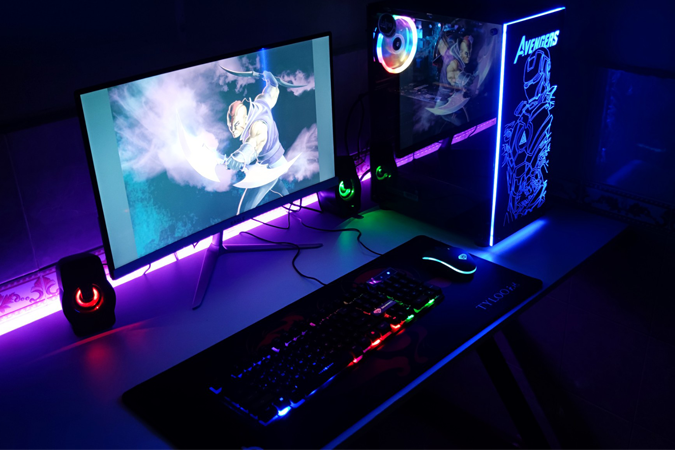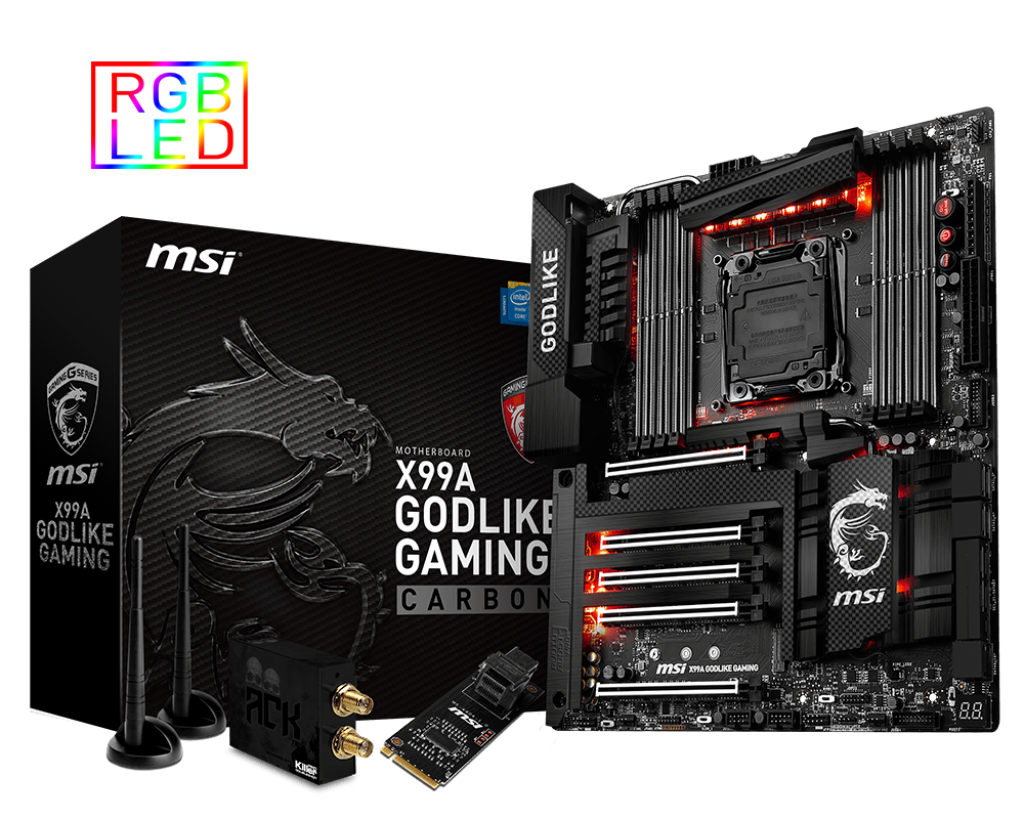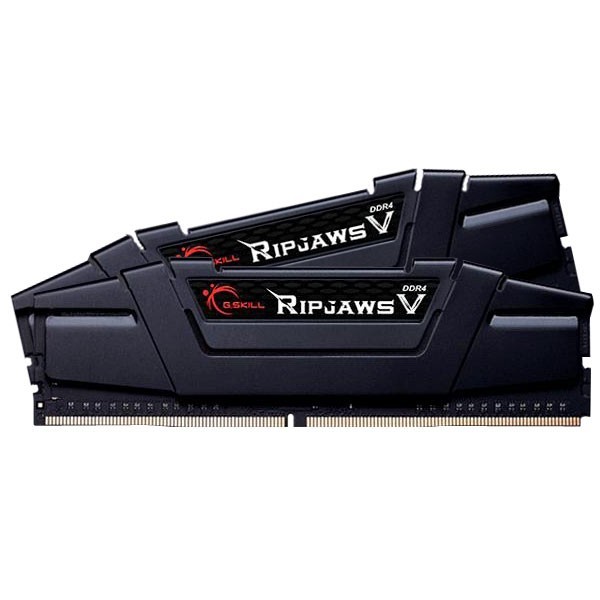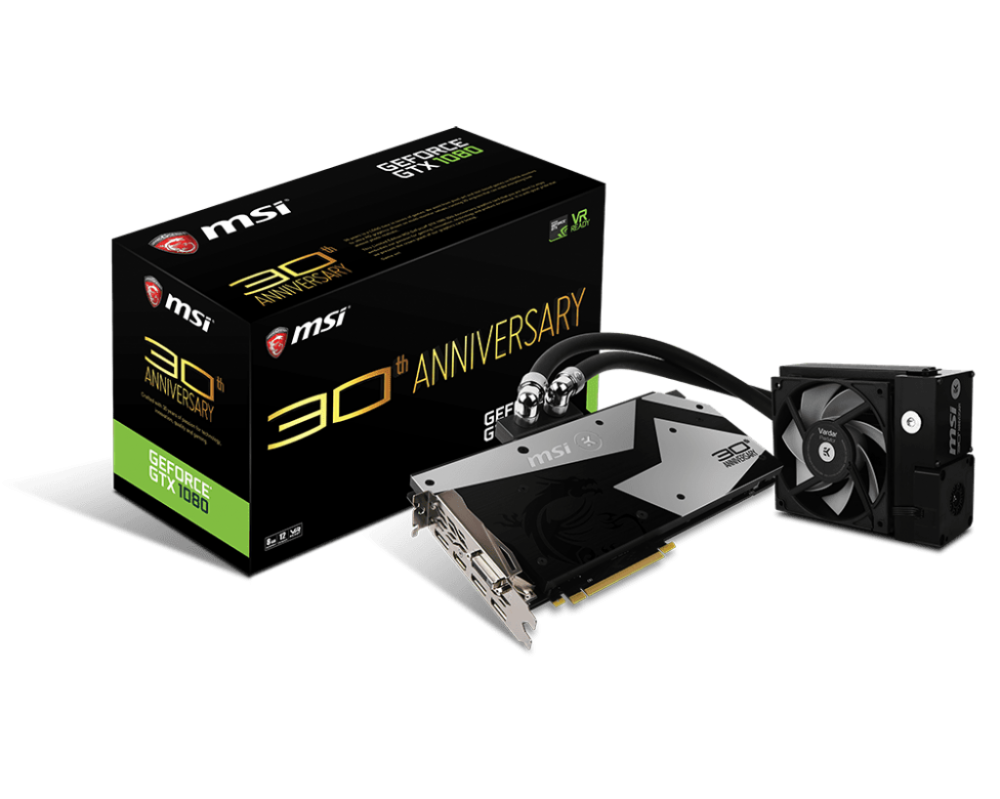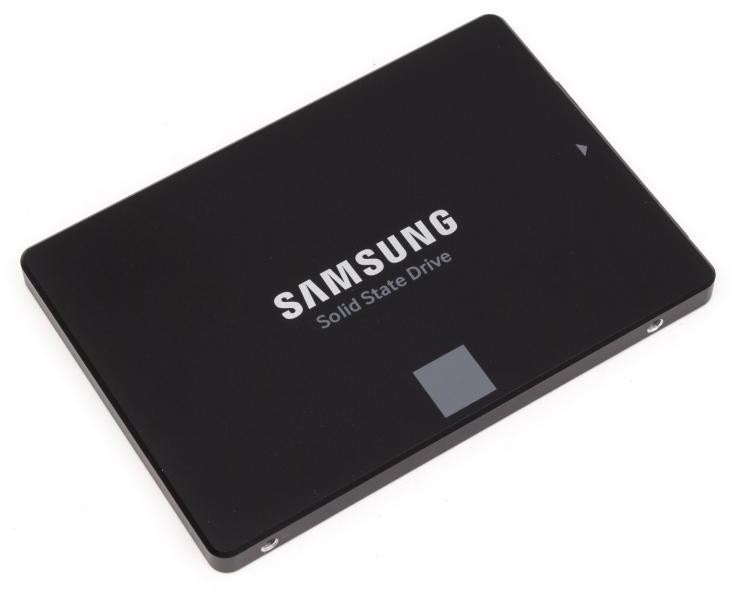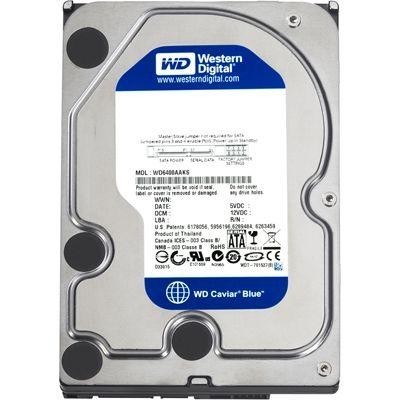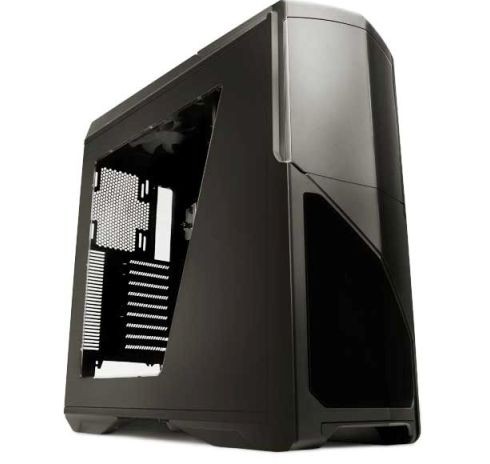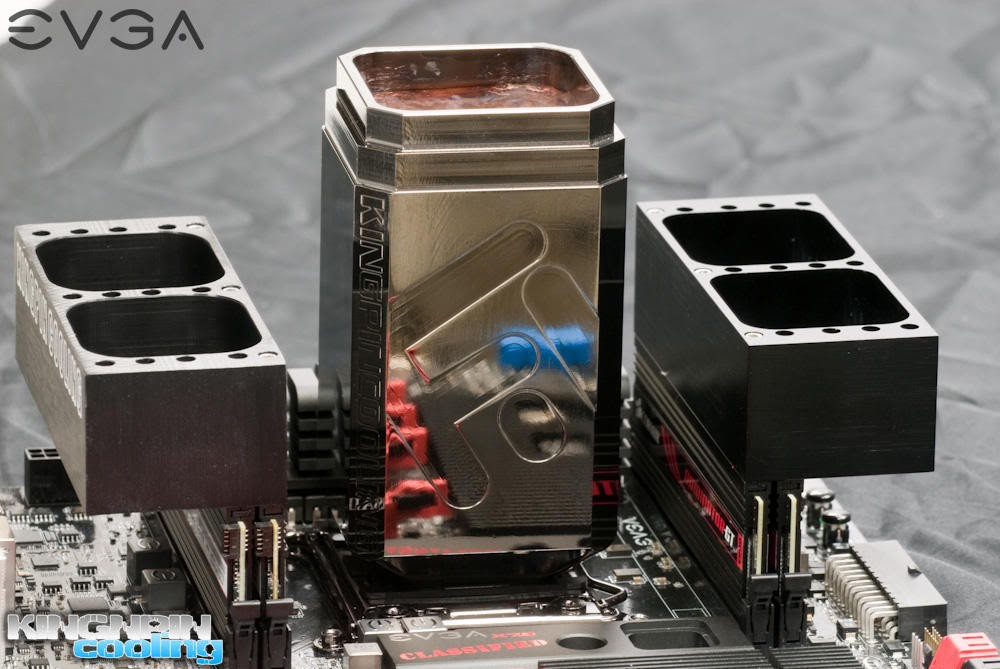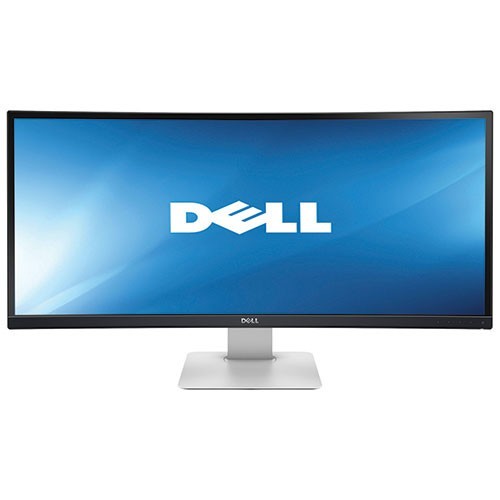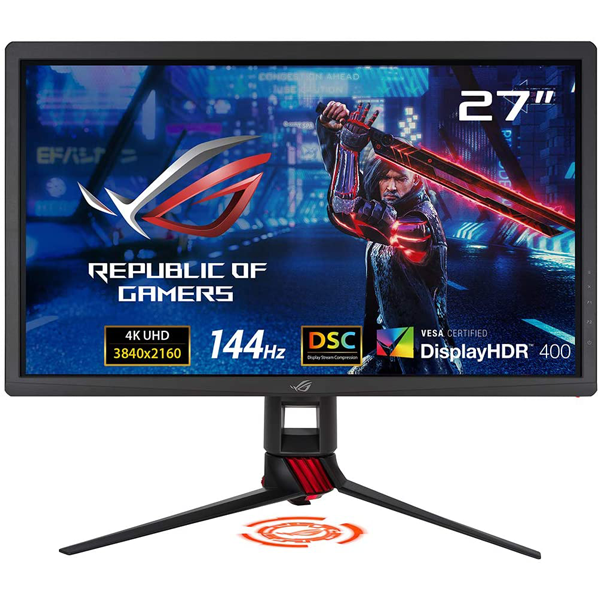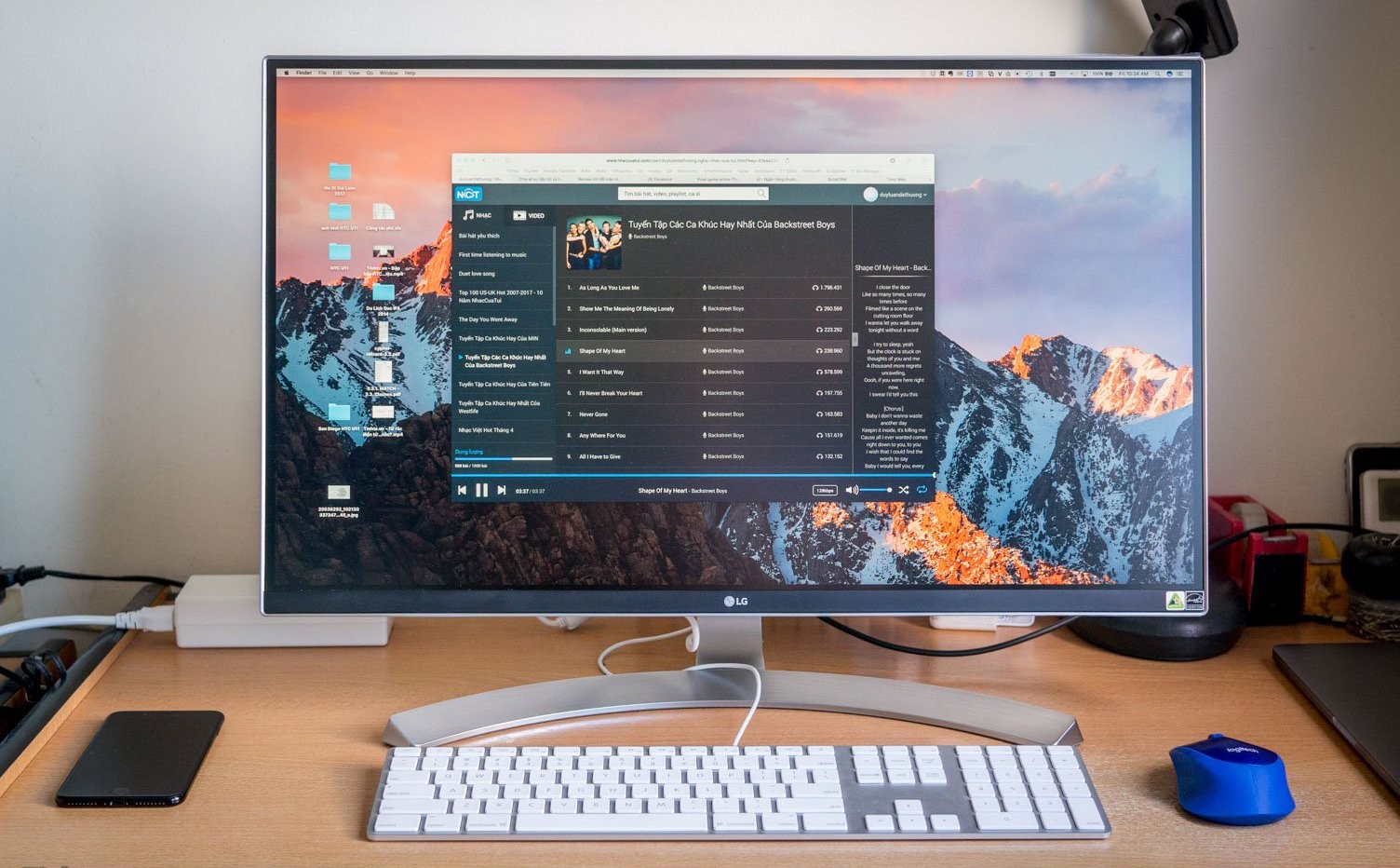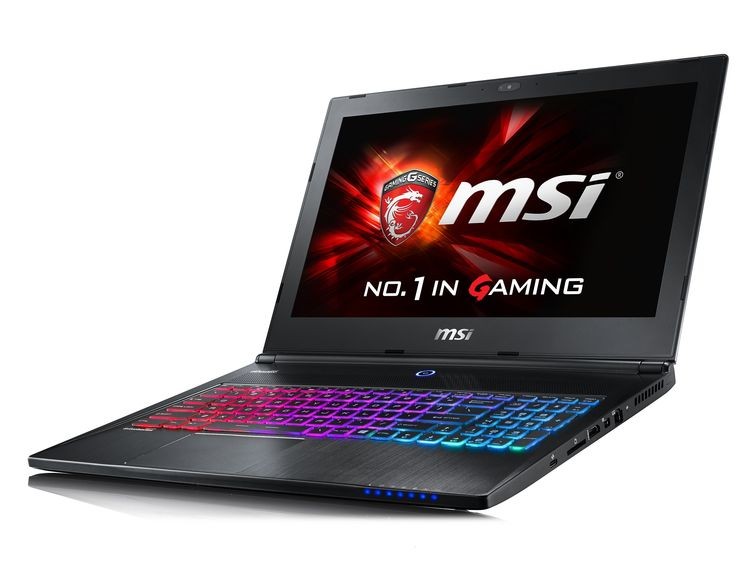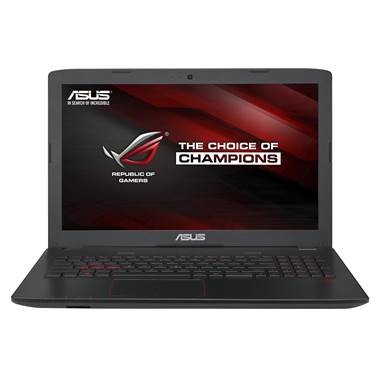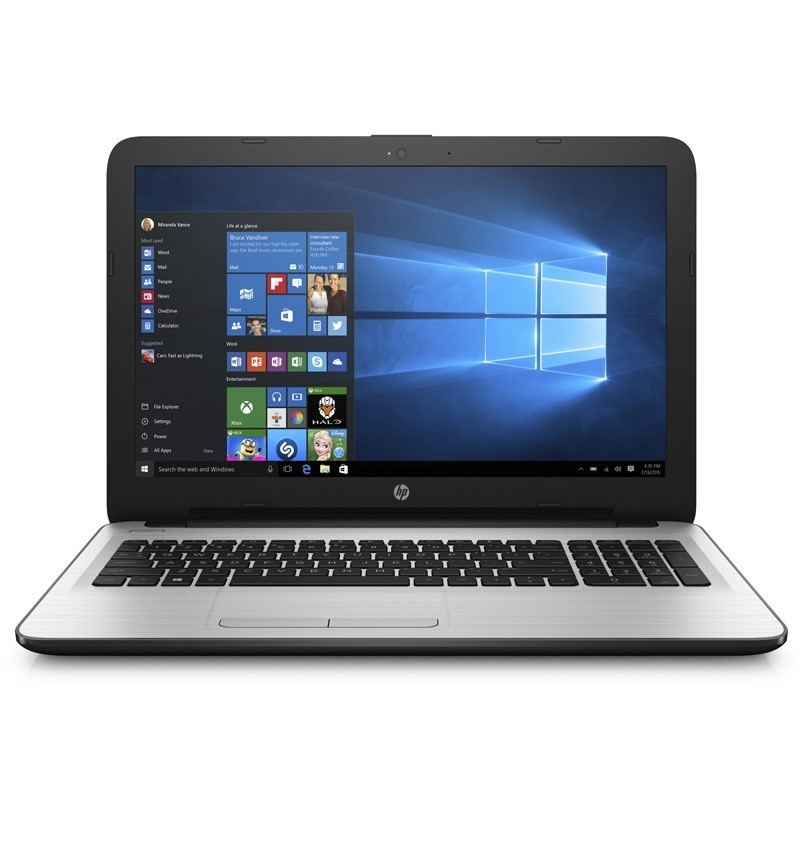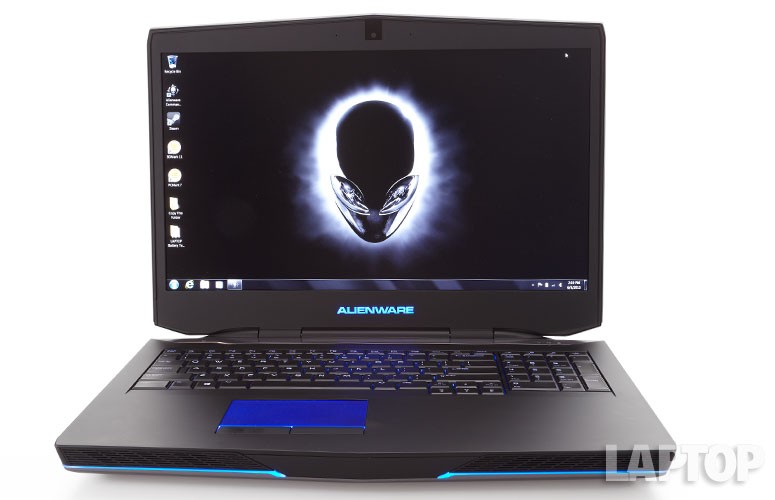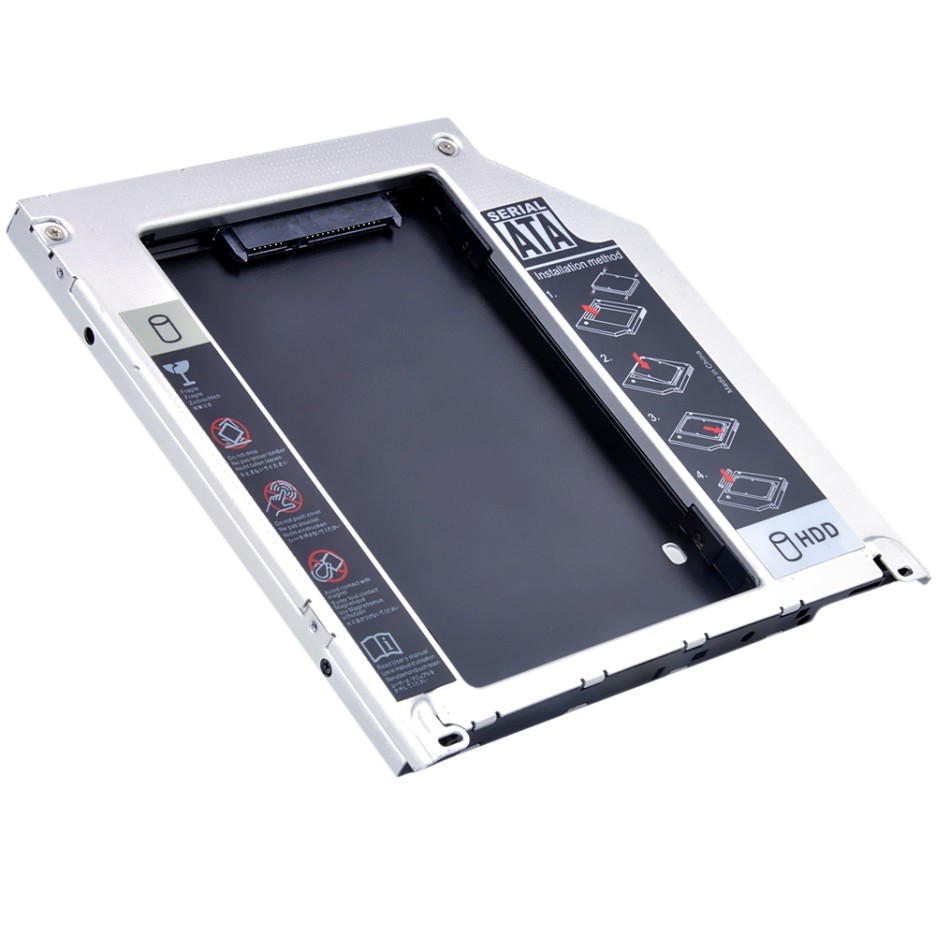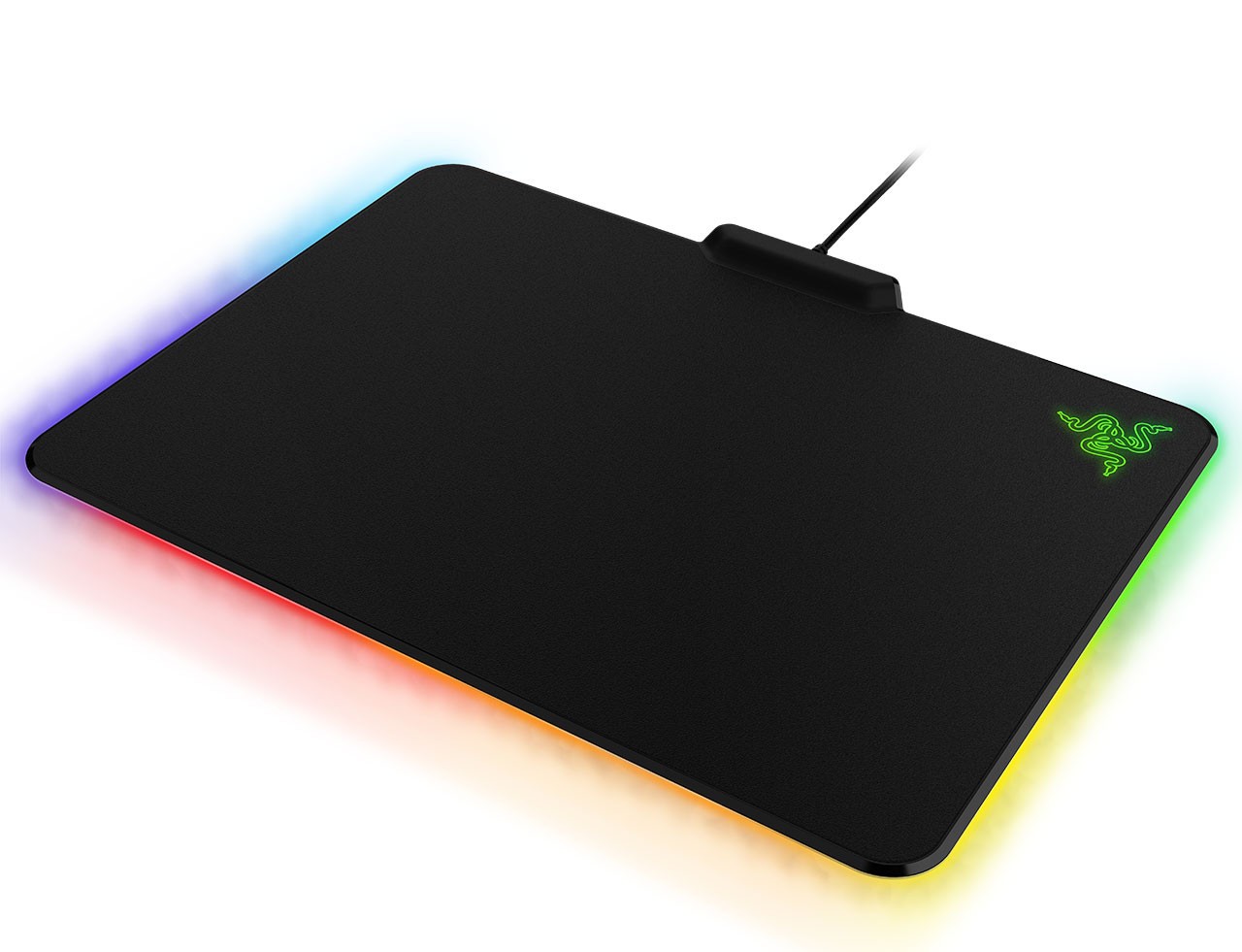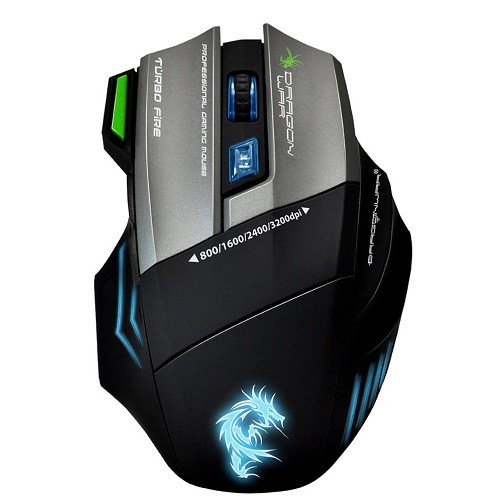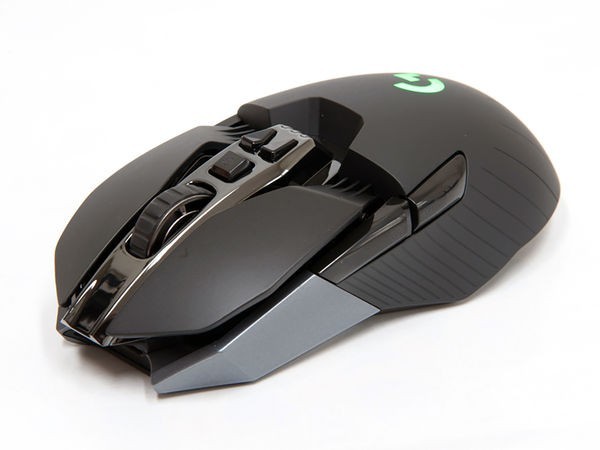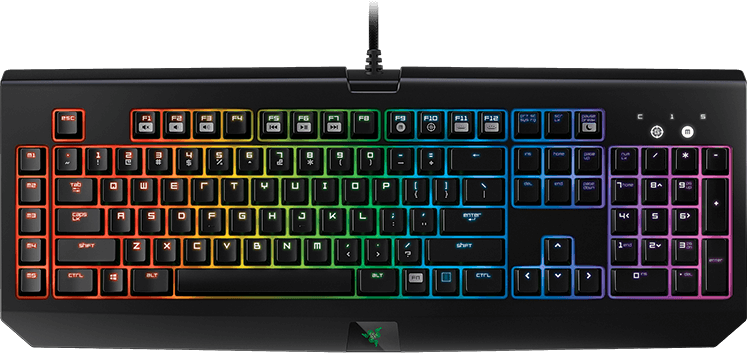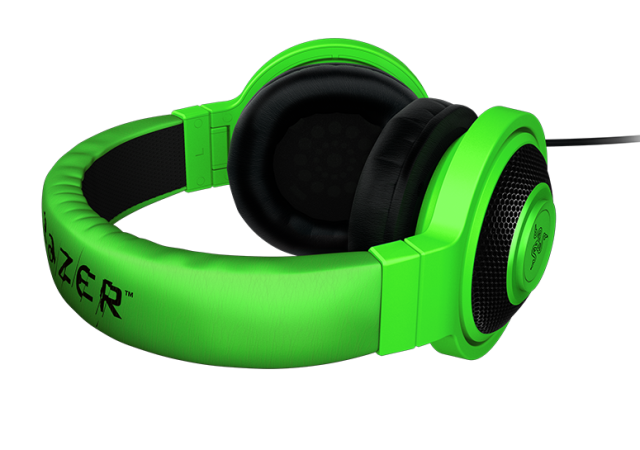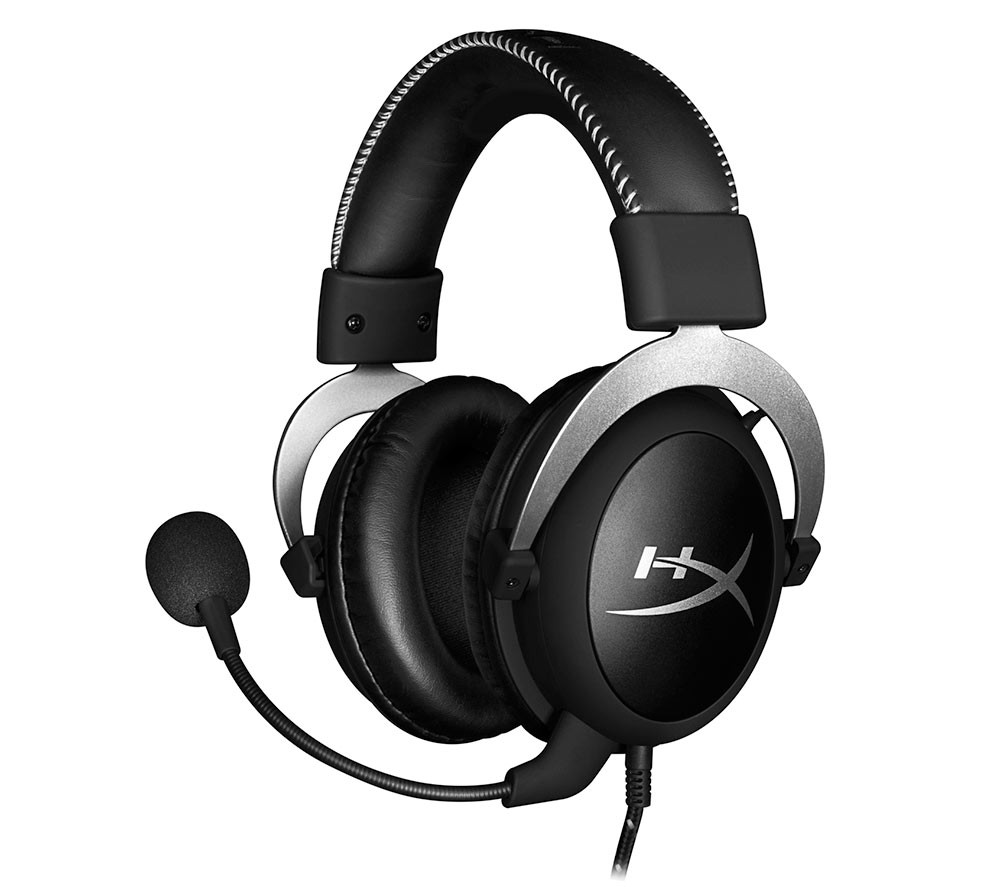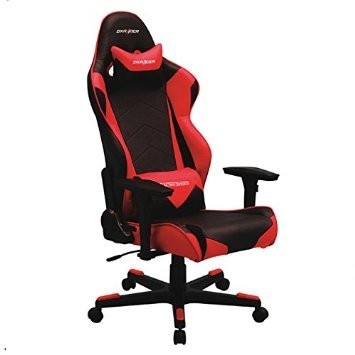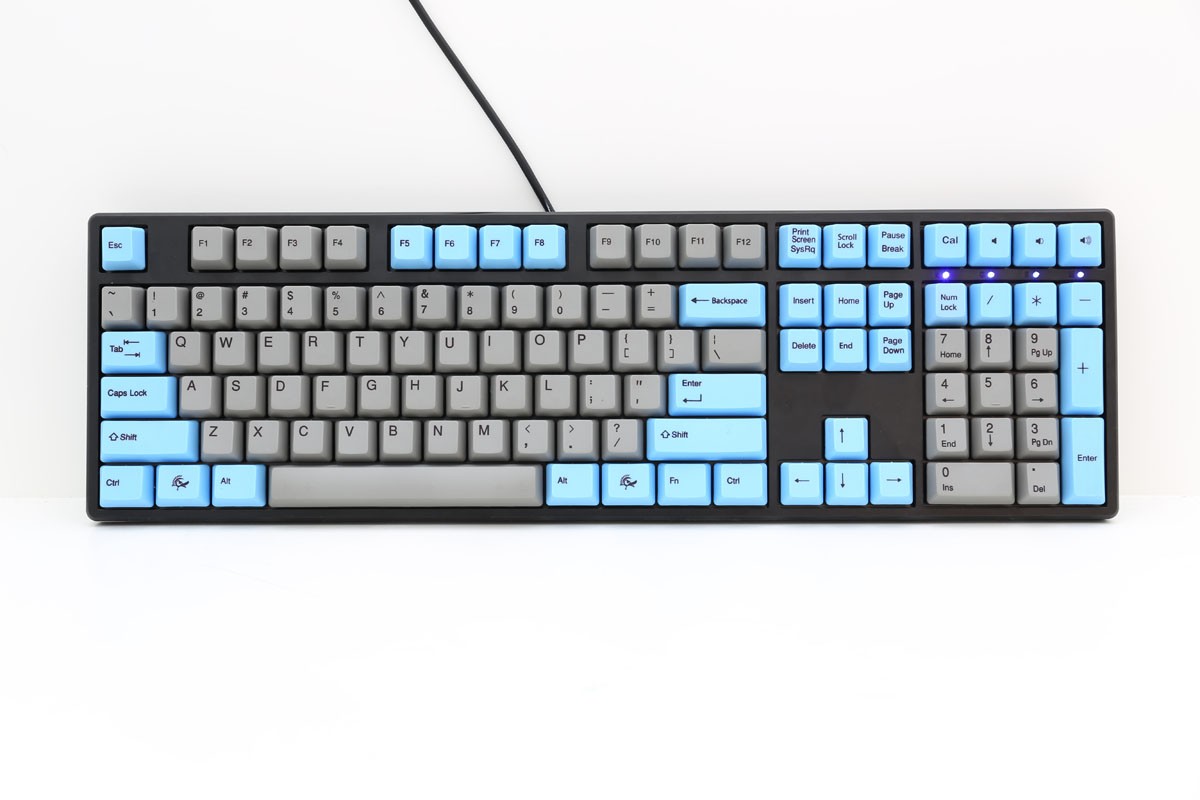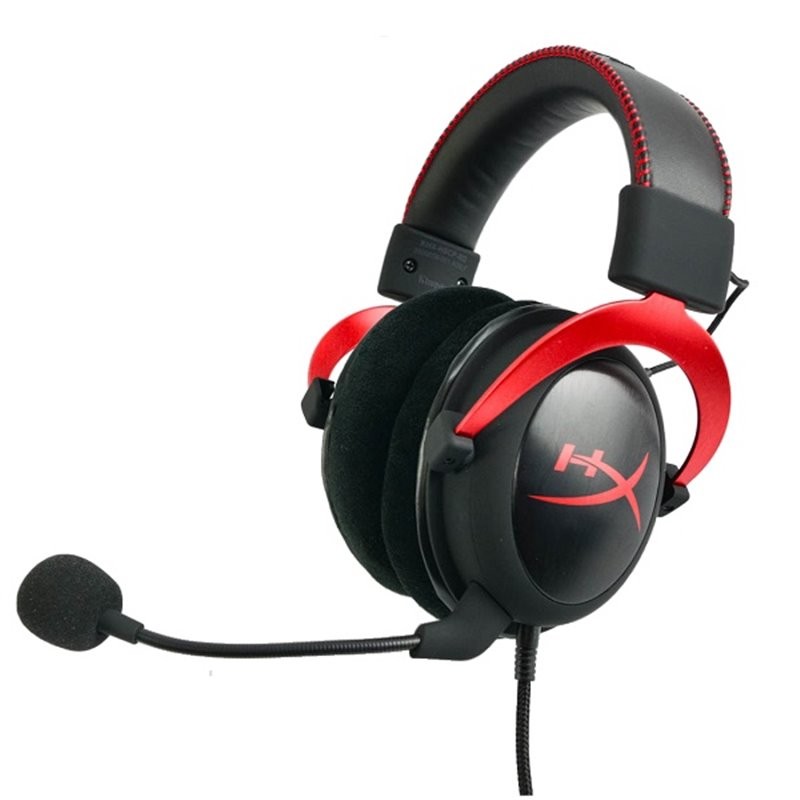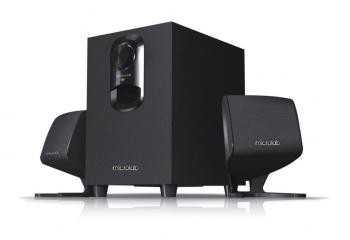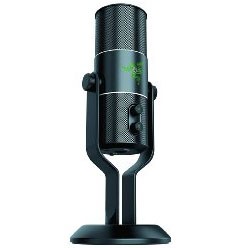Nvidia is promising big things with its new generation of graphics cards. The GeForce RTX 3080 is supposed to deliver twice the performance of the RTX 2080 at the same price. It’s even supposed to surpass the RTX 2080 Ti, providing solid 4K gaming performance for much less than Nvidia’s last-generation cards cost. This is all while taking advantage of ray tracing and Nvidia’s special AI-powered DLSS tech that boosts frame rates while maintaining image quality. Nvidia had similar promises before for 4K gaming with the RTX 2080. But with the RTX 3080, it’s delivering on them.
The RTX 3080 is part of Nvidia’s 3000 series of graphics cards, all powered by the company’s new Ampere architecture. There’s the RTX 3070 (starting at $499), the RTX 3080 (starting at $699), and the RTX 3090 (starting at $1,499). You can’t preorder any of these latest cards, and the RTX 3080 will arrive in stores on September 17th, with the RTX 3090 following on September 24th. While the RTX 3070 doesn’t arrive until October 15th, it also promises performance that exceeds both the RTX 2080 and RTX 2080 Ti.
I’ve spent the past week putting the RTX 3080 through its paces at both 4K and 1440p, and I’m impressed with what I’ve seen. 4K gaming arrived with the RTX 2080 Ti, but $1,199 was far beyond most people’s budgets. The RTX 3080 does the same and more at a much more affordable price point.
HARDWARE
Nvidia could have stuck with the big changes it made to the RTX 2080 cooling, but it’s gone a step further with its hardware on the RTX 3080. The first noticeable change is that the dual-fan setup has shifted so there’s one fan on either side of the card. Nvidia is using a push-pull system here, with the bottom fan pulling (hopefully cool) air into the card, then exhausting the warm air on the opposite side close to your CPU cooler and rear case fan. A traditional blower cooler also exhausts the hot air out of the PCIe slot and thus out of your case entirely.
This creates a more optimal airflow, reducing GPU temperatures and delivering a quieter card. I didn’t hear any noticeable differences against the RTX 2080 that I’ve been comparing the RTX 3080 to this week, as both are quiet cards. There had been some concern that this cooling system could negatively affect CPU temperatures, but I didn’t observe any issues during my tests. It’s possible that, in some rigs, it could affect CPU temperatures, but I think for the vast majority of cases, it will be a non-issue.
:no_upscale()/cdn.vox-cdn.com/uploads/chorus_asset/file/21867832/twarren_200909_4184_0001.0.jpg)
:no_upscale()/cdn.vox-cdn.com/uploads/chorus_asset/file/21867831/twarren_200909_4184_0002.0.jpg)
:no_upscale()/cdn.vox-cdn.com/uploads/chorus_asset/file/21867828/twarren_200909_4184_0005.0.jpg)
Nvidia’s RTX 3080 design includes a new pennant-shaped board.
The second major change to the RTX 3080 is the addition of a 12-pin single power connector, as opposed to the separate 6- and 8-pin or twin 8-pin connectors on prior cards. I like what Nvidia has done here, but the early implementation means you have to use an included adapter that’s ugly and awkward. You connect two 8-pin PCIe power connectors to it, and the adapter then dangles out of the side of the card. Thankfully, power supply vendors like Corsair are planning single cables that will plug directly into Nvidia’s new 12-pin connector. I’d highly recommend ordering one of these if you (like me) care about cable management. Third-party cards are sticking with the regular dual 8-pin connectors, too.
The third big change that might not be immediately noticeable is Nvidia’s switch to a new pennant-shaped board for the RTX 3080. Combined with the new cooling shroud, this pennant shape makes for a really good-looking graphics card. There are no visible screws, and even the regular FCC and regulatory notices have been moved to the output end of the card to keep its appearance clean.
Speaking of outputs, there’s a single HDMI 2.1 port and three DisplayPort 1.4a ports. Nvidia has dropped the USB-C VirtualLink port found on the RTX 2080, which never saw any real adoption for VR. The RTX 3080 LED also lights up in pure white now, instead of the green found on the 2080. There’s even a subtle white glow around part of the top fan. I’m impressed with this new design, and it looks great sitting in a case if you have a side window.
The only bad part of this new hardware is the power requirement. Nvidia is recommending at least a 750W power supply for the RTX 3080, as it can draw up to 320 watts by itself. That’s a 42 percent jump from the 225-watt draw with the RTX 2080, which is understandable for the performance improvement but also disappointing for its impact on the environment and electricity bills.
1440P TESTING
I’ve been testing the RTX 3080 on the same machine I used for the RTX 2080 review two years ago. While it doesn’t have the latest and greatest CPU, I found Microsoft Flight Simulator, which is incredibly CPU-intensive, was the only game that was difficult to test on this rig.
For 1440p tests, I hooked up the RTX 3080 to a 27-inch Asus ROG Swift PG279Q monitor. This monitor supports refresh rates up to 165Hz plus G-Sync, so it’s an ideal match for an RTX 3080 at 1440p resolution. I’ve also been testing 4K performance, which you can find below.
I’ve been playing a variety of AAA titles all week to get a feel for what the 3080 is like. I’ve also performed average frame rate testing and used built-in benchmarks across a variety of games, including Fortnite, Control, Death Stranding, Metro Exodus, Call of Duty: Warzone, and Microsoft Flight Simulator. All games were tested at max or ultra settings, and most regularly exceeded the 100fps average mark at 1440p.
Fortnite hit an average of 161fps with maxed-out settings, and even Warzone hit 116fps on average. Both of these games are competitive shooters where you’d typically lower settings to hit these types of averages on other cards, but the RTX 3080 was able to deliver a smooth high frame rate experience consistently.
Even when playing more demanding titles like Control or Metro Exodus, the RTX 3080 improved performance at 1440p by nearly 60 percent or more from the previous RTX 2080 card. That put Metro Exodus to a far more playable average of 57fps with the RTX 3080, compared to the 36fps average on the RTX 2080 at extreme settings.








